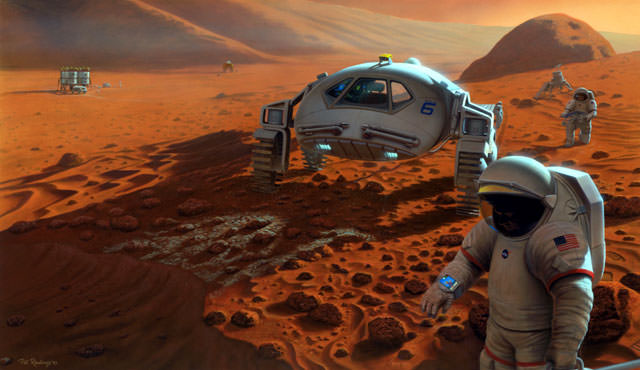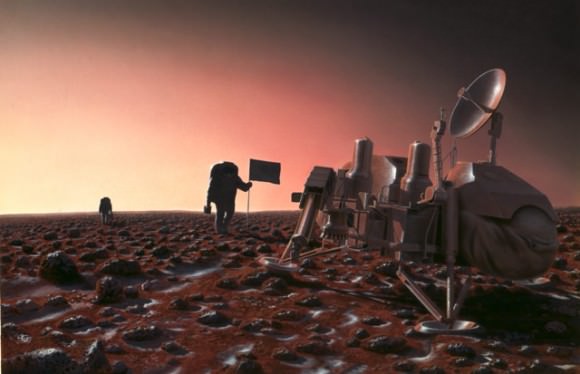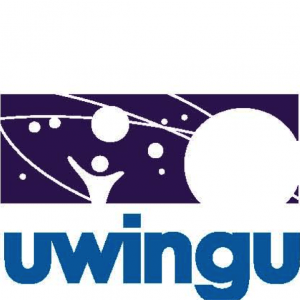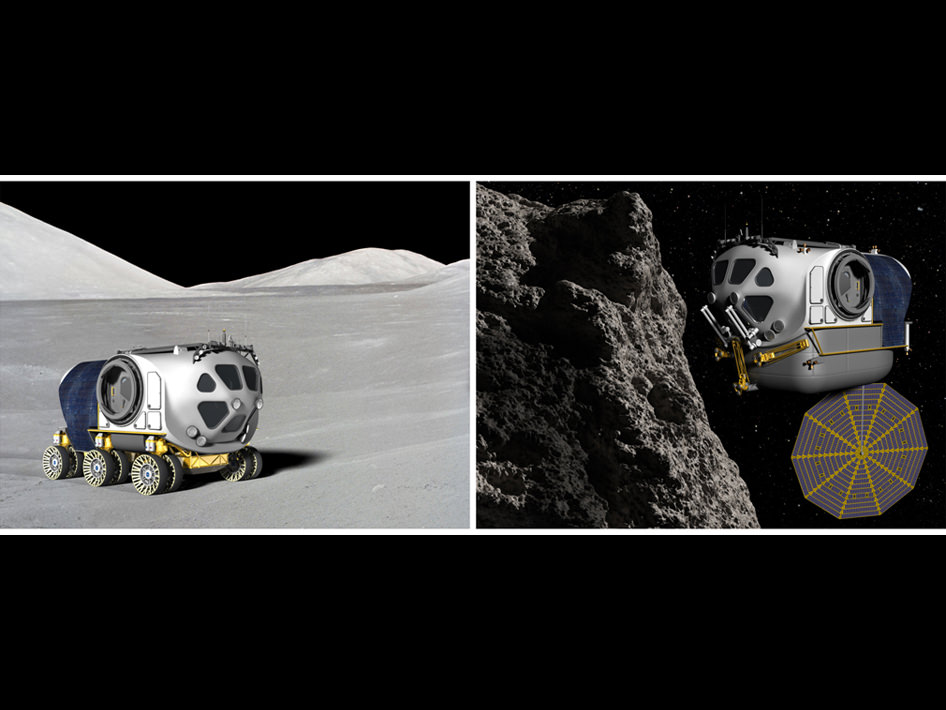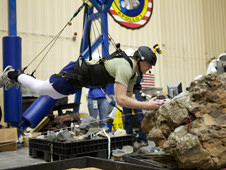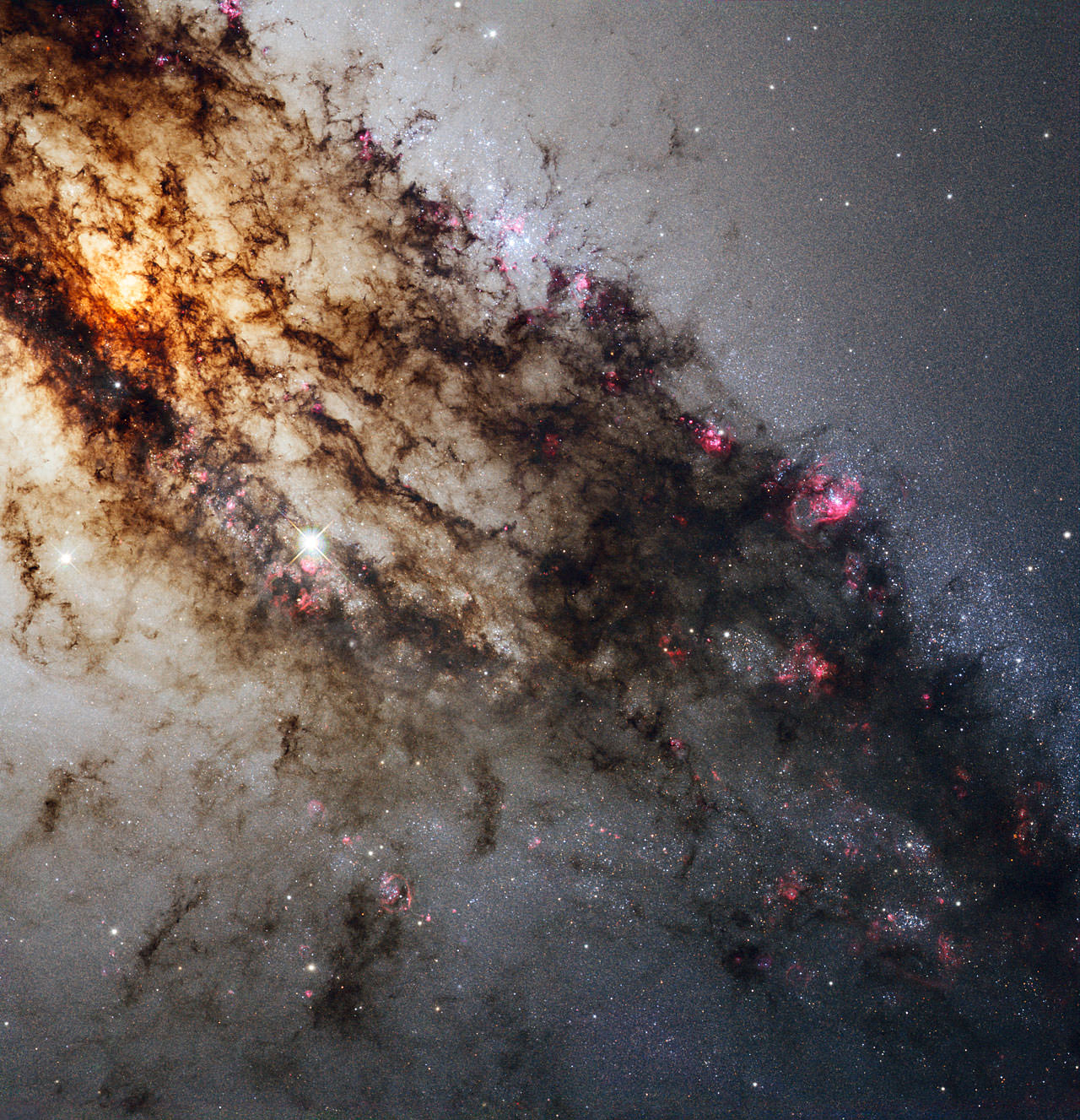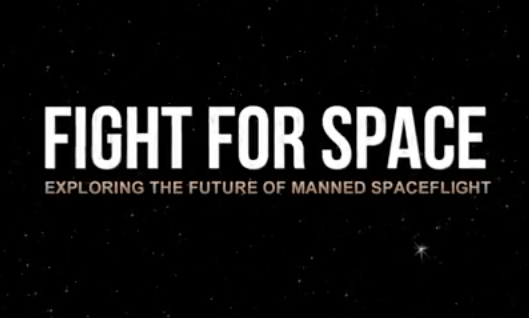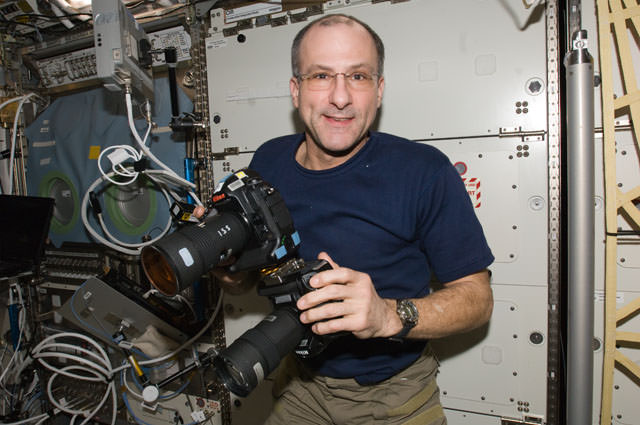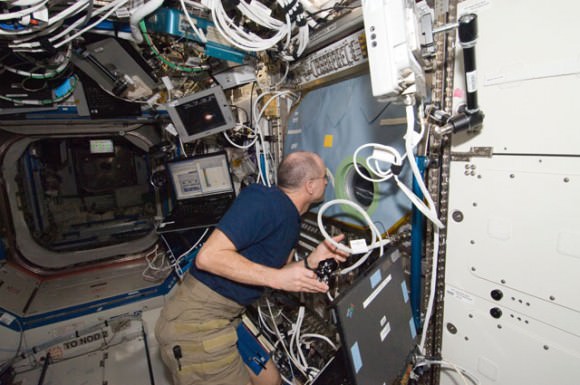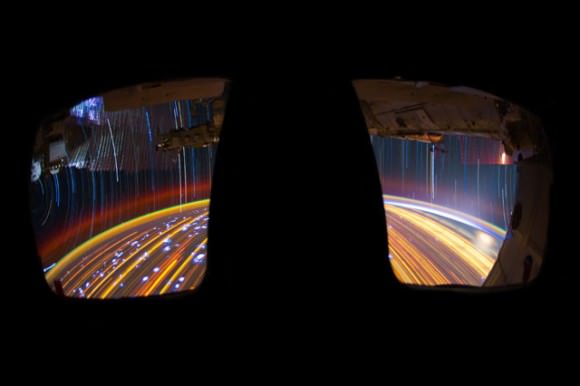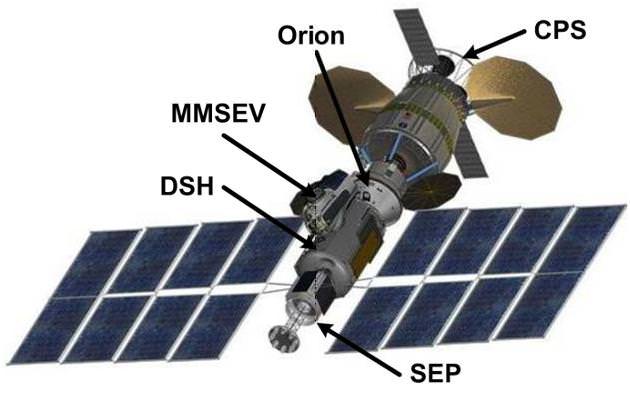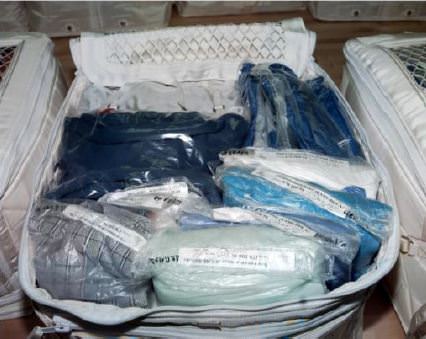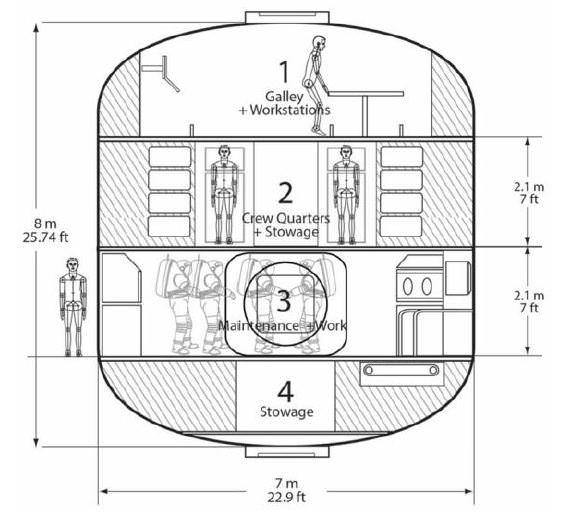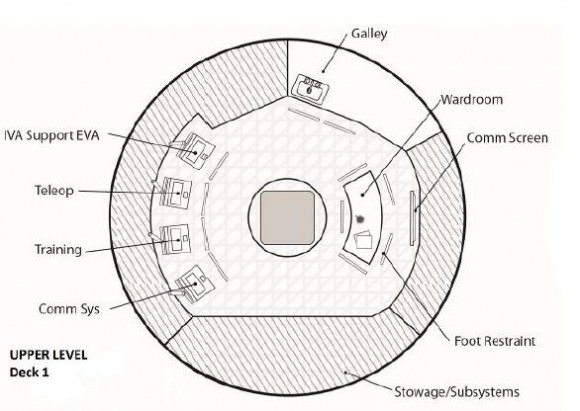Humans explore Mars in “Distant Shores,” an illustration by NASA artist Pat Rawlins
Cosmic rays from deep space could pose serious health risks to future astronauts on long-duration missions to Mars — even bringing on the memory-destroying symptoms of Alzheimer’s disease, according to the results of a new study from the University of Rochester Medical Center.
While NASA has its sights set on the human exploration of Mars within the next several decades, even with the best propulsion technology currently available such a mission would take about three years. Within that time, crew members would be constantly exposed to large amounts of radiation that we are protected from here by Earth’s magnetic field and atmosphere. Some of this radiation comes in the form of protons from the Sun and can be blocked by adequate spacecraft shielding materials, but a much bigger danger comes from heavy high-energy particles that are constantly whipping across the galaxy, shot out of the hearts of exploding giant stars.
“Because iron particles pack a bigger wallop it is extremely difficult from an engineering perspective to effectively shield against them. One would have to essentially wrap a spacecraft in a six-foot block of lead or concrete.”
– M. Kerry O’Banion, M.D., Ph.D.
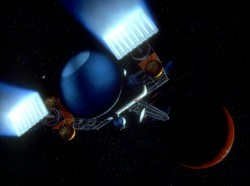 While health risks from these high-mass, high-charged (HZE) particles have long been known, the exact nature of the damages they can cause to human physiology is still being researched — even more so now that Mars and asteroid exploration is on NASA’s short list.
While health risks from these high-mass, high-charged (HZE) particles have long been known, the exact nature of the damages they can cause to human physiology is still being researched — even more so now that Mars and asteroid exploration is on NASA’s short list.
Now, a team from the University of Rochester Medical Center (URMC) in New York has announced the results of their research linking high-energy radiation — just like what would be encountered during a trip to Mars — to the degeneration of brain function, and possibly even the onset of Alzheimer’s disease.
“Galactic cosmic radiation poses a significant threat to future astronauts,” said M. Kerry O’Banion, M.D., Ph.D., a professor in the University of Rochester Medical Center (URMC) Department of Neurobiology and Anatomy and the senior author of the study. “The possibility that radiation exposure in space may give rise to health problems such as cancer has long been recognized. However, this study shows for the first time that exposure to radiation levels equivalent to a mission to Mars could produce cognitive problems and speed up changes in the brain that are associated with Alzheimer’s disease.”
In particular the team focused on iron ions, which are blasted into space by supernovae and are massive enough to punch through a spacecraft’s protective shielding.
“Because iron particles pack a bigger wallop it is extremely difficult from an engineering perspective to effectively shield against them,” O’Banion said. “One would have to essentially wrap a spacecraft in a six-foot block of lead or concrete.”
 By exposing lab mice to increasing levels of radiation and measuring their cognitive ability the researchers were able to determine the neurologically destructive nature of high-energy particles, which caused the animals to more readily fail cognitive tasks. In addition the exposed mice developed accumulations of a protein plaque within their brains, beta amyloid, the spread of which is associated with Alzheimer’s disease in humans.
By exposing lab mice to increasing levels of radiation and measuring their cognitive ability the researchers were able to determine the neurologically destructive nature of high-energy particles, which caused the animals to more readily fail cognitive tasks. In addition the exposed mice developed accumulations of a protein plaque within their brains, beta amyloid, the spread of which is associated with Alzheimer’s disease in humans.
“These findings clearly suggest that exposure to radiation in space has the potential to accelerate the development of Alzheimer’s disease,” said O’Banion. “This is yet another factor that NASA, which is clearly concerned about the health risks to its astronauts, will need to take into account as it plans future missions.”
Read more: Space Travel is Bad For Your Eyes
While Mars explorers could potentially protect themselves from cosmic radiation by setting up bases in caves, empty lava tubes or beneath rocky ledges, which would offer the sort of physical shielding necessary to stop dangerous HZE particles, that would obviously present a new set of challenges to astronauts working in an already alien environment. And there’s always the trip there (and back again) during which time a crew would be very much exposed.
While this won’t — and shouldn’t — prevent a Mars mission from eventually taking place, it does add yet another element of danger that will need to be factored in and either dealt with from both health and engineering standpoints… or accepted as an unavoidable risk by all involved, including the public.
How much risk will be considered acceptable for the human exploration of Mars — and beyond? (NASA/Pat Rawlings)
Read more on the URMC news page here, and see the full experiment report here.
Illustrations for NASA by Pat Rawlings. See more of Rawling’s artwork here. Inset image: comparison of human brains without and with Alzheimer’s. Source: WHYY.

